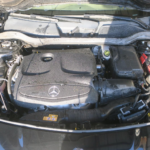
2018 Mercedes-Benz CLA-Class Engine Assembly
January 4, 2023
2018 Subaru XV Crosstrek Engine Assembly
January 4, 2023Toyota 2TR Engine for sale
$900.00 – $2,500.00
A 2.7 L (2,693 cc) Straight-4 gasoline engine powers the 2TR-FE. It has 16 valves, DOHC, and VVT-i. With a redline of 5500 rpm, the engine produces 118 kW (158 horsepower; 160 PS) of maximum power at 5,200 rpm and 25.1 kgm (246 Nm; 182 lbft) of torque at 3,800 rpm. 95 mm x 95 mm (3.74 in x 3.74 in) are the bore and stroke measurements. The single VVT-i has a 9.6:1 compression ratio. The JC08 approach yields an average fuel consumption of 9 km/L (25 mpg-imp; 21 mpg-US).
A 2.7-liter Toyota engine called the 2TR made its debut in 2003. Toyota pickup trucks and SUVs with RWD and 4WD are primarily powered by a four-cylinder gasoline engine. This 2.7l TR family engine successfully replaced the obsolete 3RZ-FE engine.
The Toyota TR engine family includes the Toyota 2TR engine. A family of gasoline engines called the Toyota TR engine made its debut in 2004. They are mostly used in Toyota IMV platform cars including the HiLux, Innova, and Fortuner. They are designed to be mounted longitudinally for pickup trucks with rear-wheel drive and four-wheel drive.
The TR family only has the 1TR and the 2TR engine variants. However, we will discuss the 2.7 Liter model in this article.
The 3RZ engine’s cast iron cylinder block served as the foundation for the engine’s construction. Twin counter-rotating balance shafts are installed in the engine block to reduce vibration and noise. A completely balanced, eight counterweighted, forged crankshaft with a torsional rubber damper is present. The 95 mm (3.74 in) bore and stroke measurements of the 2TR engine make it a square engine. Oil jets are located inside the cylinder block to cool the aluminum alloy pistons.
The aluminum cylinder head on the 2TR engine is brand-new. There are sixteen valves altogether, two overhead camshafts, and two valves per cylinder. Roller rocker arms are used to open and close the valves. installation of the hydraulic lash adjusters for the valvetrain (no valve clearance adjustment required). The camshafts are also rotated by the engine’s timing chain. Engineers added the Toyota VVT-i technology on the intake camshaft (Variable Valve Timing with intelligence). In order to allow access to the VVT-i via the intake and exhaust camshafts, a little modification to the engine was made in 2015.
The engine has a straightforward, inexpensive plastic intake manifold and is naturally aspirated. Toyota’s ETCS-i uses electronic control, therefore there are no mechanical connections to the throttle body; instead, there are only wires and an accelerator pedal with a position sensor. Fuel injection and electronic ignition are unquestionably essential to modern engines. In this instance, both Toyota’s DIS (Direct Ignition System) system with unique ignition coils for each cylinder and the sequential multiport fuel injection system for the 2TR engine were installed.
2TR Engine Problems and Reliability
There isn’t a long list of frequent issues and failures with the Toyota 2.7-liter engine, but they do exist. This is a modern engine with intricate electronic systems that need quality gasoline, lubrication, and upkeep. The front crankshaft oil seal on the engine had oil leaks up until 2008. The majority of them have already been fixed, and an outdated new seal from the most recent models was used to replace a faulty one.
The engine’s inability to match its applications is the fundamental problem. For large SUVs and pickup vehicles, it is too weak and frequently overloaded, resulting in high fuel consumption and noisy operation. But that engine’s strength lies in its dependability. The 2TR-engine FE’s has an approximate 250,000-mile lifespan (400,000 km).
The VTT-i version’s compression ratio rating is 9:6:1, while the dual VVT-i version’s is 10.2:1. The piston stroke and cylinder bore are both 95.0 mm (3.74 in) in length (3.74 in). The 2TR engine produced a maximum of 163 PS (120 kW; 161 HP) at 5,200 rpm and a range of 241 Nm (24.6 kg; 177.9 ftlb) at 3,800 rpm for peak torque. The engine also produced a maximum of 149 PS (111 kW; 149 HP) at 4,800 rpm. 2TR Engine
| QUALITY | 20000km, 45000km, 80000km |
|---|
Only logged in customers who have purchased this product may leave a review.


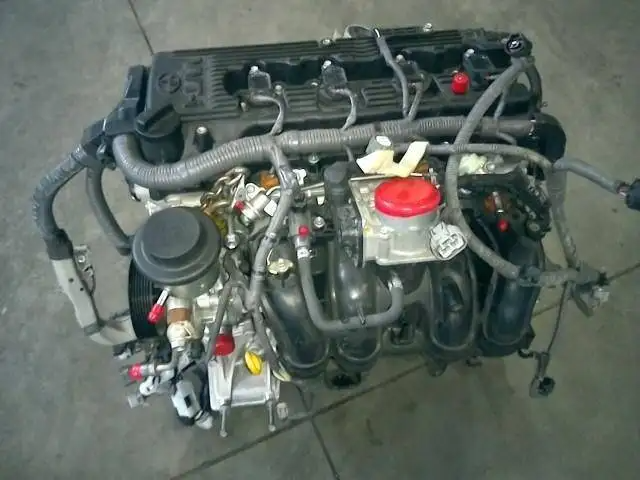
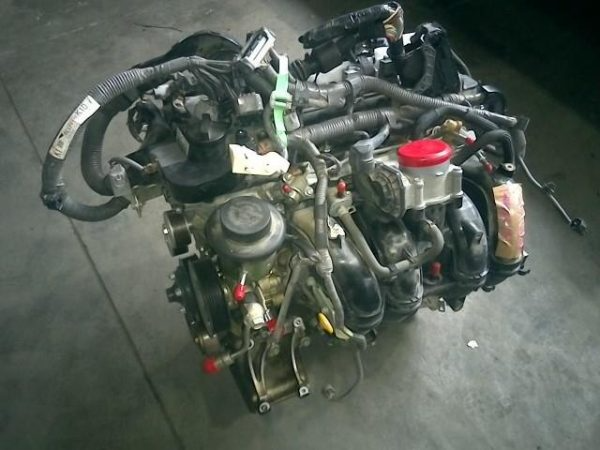


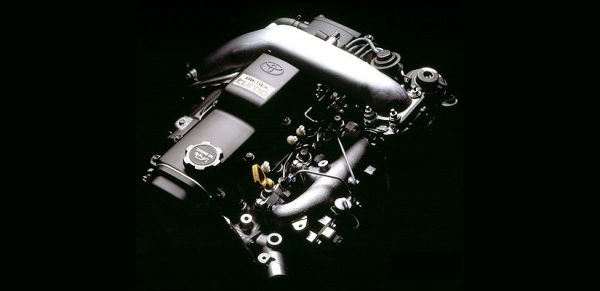

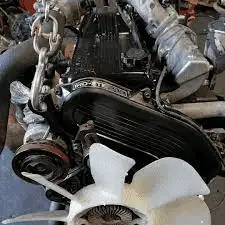

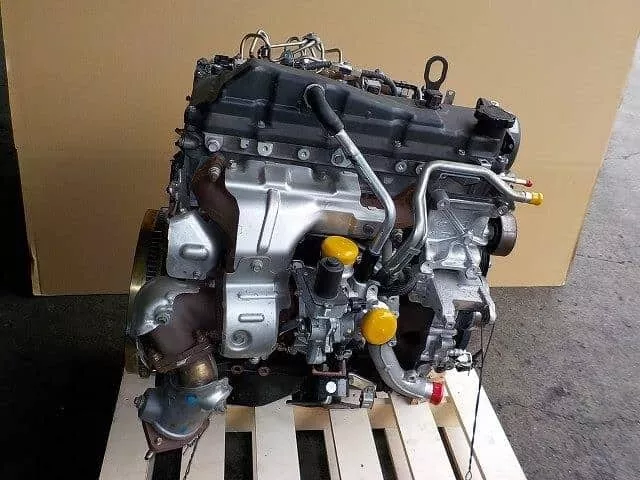
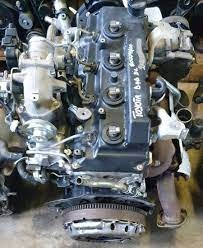
Reviews
There are no reviews yet.